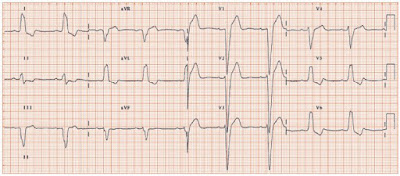Perioperative anaphilaxis.

Anaphylaxis is a severe, potentially life-threatening systemic hypersensitivity reaction. The estimated incidence of perioperative anaphylaxis is 1 in 10,000– 20,000 anesthetic procedures.
News, Guidelines, Tips & Tricks for doctors, anesthesiologists, cardiac anesthesiologists, and intensive care specialists.























